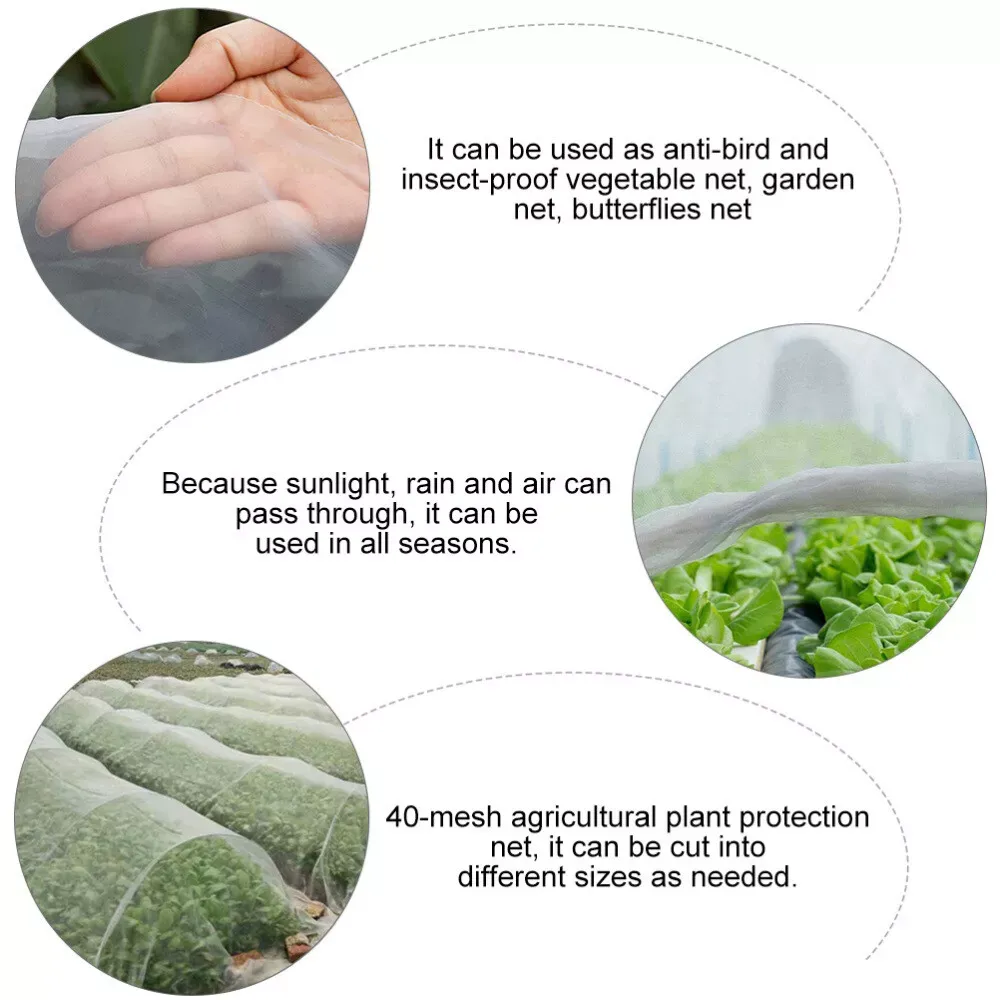-
 Afrikaans
Afrikaans -
 Albanian
Albanian -
 Amharic
Amharic -
 Arabic
Arabic -
 Armenian
Armenian -
 Azerbaijani
Azerbaijani -
 Basque
Basque -
 Belarusian
Belarusian -
 Bengali
Bengali -
 Bosnian
Bosnian -
 Bulgarian
Bulgarian -
 Catalan
Catalan -
 Cebuano
Cebuano -
 China
China -
 Corsican
Corsican -
 Croatian
Croatian -
 Czech
Czech -
 Danish
Danish -
 Dutch
Dutch -
 English
English -
 Esperanto
Esperanto -
 Estonian
Estonian -
 Finnish
Finnish -
 French
French -
 Frisian
Frisian -
 Galician
Galician -
 Georgian
Georgian -
 German
German -
 Greek
Greek -
 Gujarati
Gujarati -
 Haitian Creole
Haitian Creole -
 hausa
hausa -
 hawaiian
hawaiian -
 Hebrew
Hebrew -
 Hindi
Hindi -
 Miao
Miao -
 Hungarian
Hungarian -
 Icelandic
Icelandic -
 igbo
igbo -
 Indonesian
Indonesian -
 irish
irish -
 Italian
Italian -
 Japanese
Japanese -
 Javanese
Javanese -
 Kannada
Kannada -
 kazakh
kazakh -
 Khmer
Khmer -
 Rwandese
Rwandese -
 Korean
Korean -
 Kurdish
Kurdish -
 Kyrgyz
Kyrgyz -
 Lao
Lao -
 Latin
Latin -
 Latvian
Latvian -
 Lithuanian
Lithuanian -
 Luxembourgish
Luxembourgish -
 Macedonian
Macedonian -
 Malgashi
Malgashi -
 Malay
Malay -
 Malayalam
Malayalam -
 Maltese
Maltese -
 Maori
Maori -
 Marathi
Marathi -
 Mongolian
Mongolian -
 Myanmar
Myanmar -
 Nepali
Nepali -
 Norwegian
Norwegian -
 Norwegian
Norwegian -
 Occitan
Occitan -
 Pashto
Pashto -
 Persian
Persian -
 Polish
Polish -
 Portuguese
Portuguese -
 Punjabi
Punjabi -
 Romanian
Romanian -
 Russian
Russian -
 Samoan
Samoan -
 Scottish Gaelic
Scottish Gaelic -
 Serbian
Serbian -
 Sesotho
Sesotho -
 Shona
Shona -
 Sindhi
Sindhi -
 Sinhala
Sinhala -
 Slovak
Slovak -
 Slovenian
Slovenian -
 Somali
Somali -
 Spanish
Spanish -
 Sundanese
Sundanese -
 Swahili
Swahili -
 Swedish
Swedish -
 Tagalog
Tagalog -
 Tajik
Tajik -
 Tamil
Tamil -
 Tatar
Tatar -
 Telugu
Telugu -
 Thai
Thai -
 Turkish
Turkish -
 Turkmen
Turkmen -
 Ukrainian
Ukrainian -
 Urdu
Urdu -
 Uighur
Uighur -
 Uzbek
Uzbek -
 Vietnamese
Vietnamese -
 Welsh
Welsh -
 Bantu
Bantu -
 Yiddish
Yiddish -
 Yoruba
Yoruba -
 Zulu
Zulu
Durable Stainless Steel Inline Strainer for Efficient Filtration Solutions
Understanding Stainless Steel Inline Strainers A Comprehensive Guide
Stainless steel inline strainers are essential components in various industries, playing a pivotal role in maintaining the efficiency and longevity of piping systems. These devices are designed to filter out debris and contaminants from fluids, ensuring that equipment operates smoothly and preventing potential damage that can arise from clogged systems.
What Is a Stainless Steel Inline Strainer?
An inline strainer is a type of filter that is installed directly in the pipeline. Made from stainless steel, which is renowned for its corrosion resistance and durability, inline strainers are capable of withstanding harsh environmental conditions. These strainers come in various shapes and sizes, designed to fit different pipeline dimensions and application requirements.
How Do Inline Strainers Work?
The primary function of a stainless steel inline strainer is to intercept solid particles or impurities in a fluid flow. When fluid enters the strainer, it passes through a mesh screen. This screen traps particles larger than the specified mesh size, allowing only clean fluid to pass through the system. Depending on the application, the mesh size can vary significantly to target specific contaminants, from coarse debris to fine particles.
Applications of Stainless Steel Inline Strainers
Stainless steel inline strainers are utilized in numerous applications across various industries
1. Water Treatment In water purification systems, these strainers ensure that harmful contaminants such as sand, algae, and sediment are filtered out, providing clean water for consumption and irrigation.
2. Chemical Processing In chemical plants, inline strainers help maintain the purity of chemicals and prevent unwanted particles from affecting reactions or equipment.
3. Food and Beverage Industry The stainless steel nature of these strainers makes them suitable for food processing, where cleanliness and hygiene are critical.
4. Oil and Gas In pipelines transporting oil and gas, strainers protect pumps and other equipment from damage caused by particulates.
stainless steel inline strainer

5. HVAC Systems Strainers are crucial in heating, ventilation, and air conditioning systems to ensure efficient operation and prevent blockages.
Benefits of Stainless Steel Inline Strainers
Using stainless steel inline strainers offers several advantages
- Corrosion Resistance The stainless steel construction ensures long-lasting performance, even in corrosive environments. - Durability These strainers can withstand high pressures and temperatures, making them suitable for a wide range of industrial applications. - Ease of Maintenance Most inline strainers are designed for easy cleaning and maintenance, allowing operators to quickly remove and clean the mesh screen when necessary. - Versatility With a variety of mesh sizes available, stainless steel inline strainers can be customized to filter out different sizes of particles, making them versatile for numerous applications.
Maintenance Tips for Inline Strainers
To ensure maximum performance from stainless steel inline strainers, regular maintenance is crucial. Here are some tips
1. Regular Inspection Periodically check the strainer for signs of clogging or build-up. Depending on the application, the frequency of inspections may vary.
2. Cleaning If debris is detected, remove the strainer and clean the mesh screen. This can typically be done with water and a soft brush.
3. Check the Seals Ensure that all seals and gaskets are in good condition to prevent leaks.
4. Record Keeping Maintain a log of inspections and maintenance activities to track performance over time and identify any recurring issues.
Conclusion
Stainless steel inline strainers are invaluable tools for keeping fluid systems clean and efficient. Their robust design, combined with their ability to remove contaminants, makes them a popular choice across multiple industries. With proper maintenance, these strainers can significantly reduce downtime and prolong the life of equipment, providing a reliable solution for fluid management challenges. Thus, investing in high-quality stainless steel inline strainers is integral for any operation relying on complex fluid dynamics.
-
Shipping Plastic Bags for Every NeedNewsJul.24,2025
-
Safety Netting: Your Shield in ConstructionNewsJul.24,2025
-
Plastic Mesh Netting for Everyday UseNewsJul.24,2025
-
Nylon Netting for Every UseNewsJul.24,2025
-
Mesh Breeder Box for Fish TanksNewsJul.24,2025
-
Expanded Steel Mesh Offers Durable VersatilityNewsJul.24,2025











